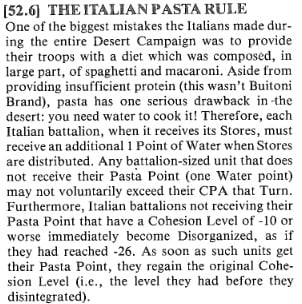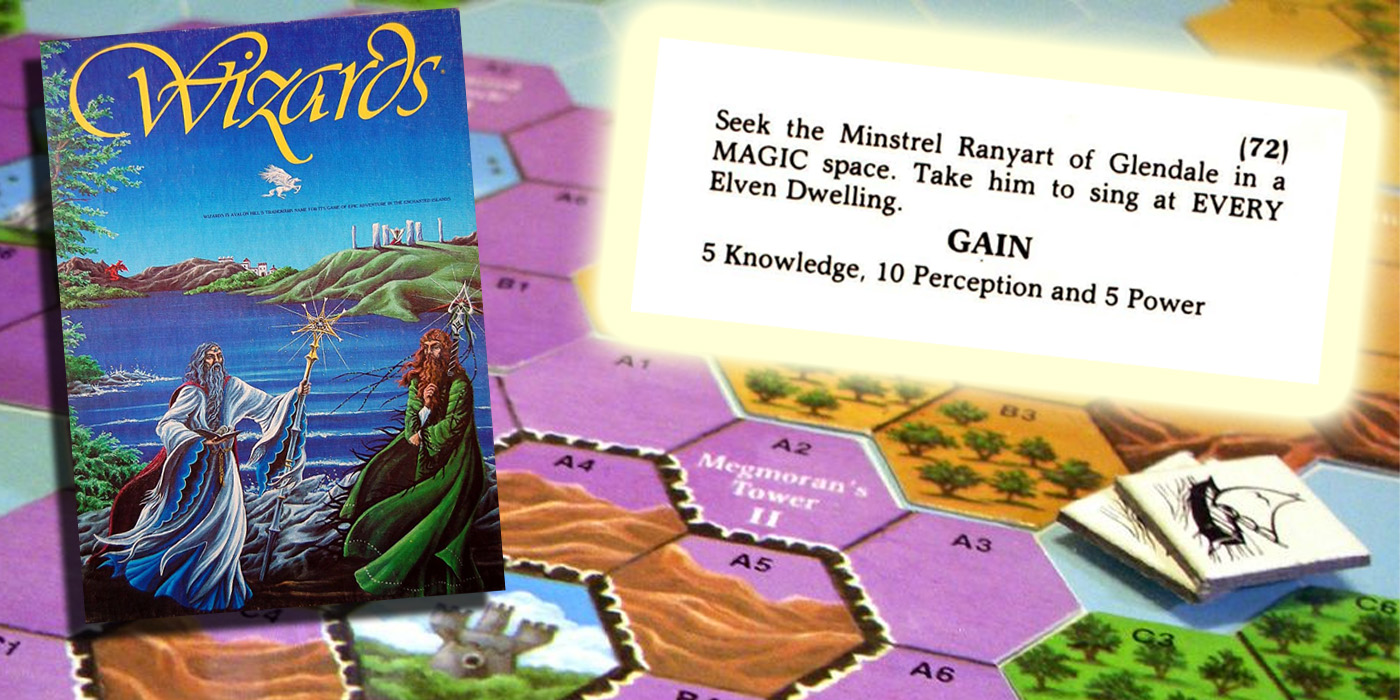The Logistics of the Logistical Nightmare That is ‘The Campaign for North Africa’
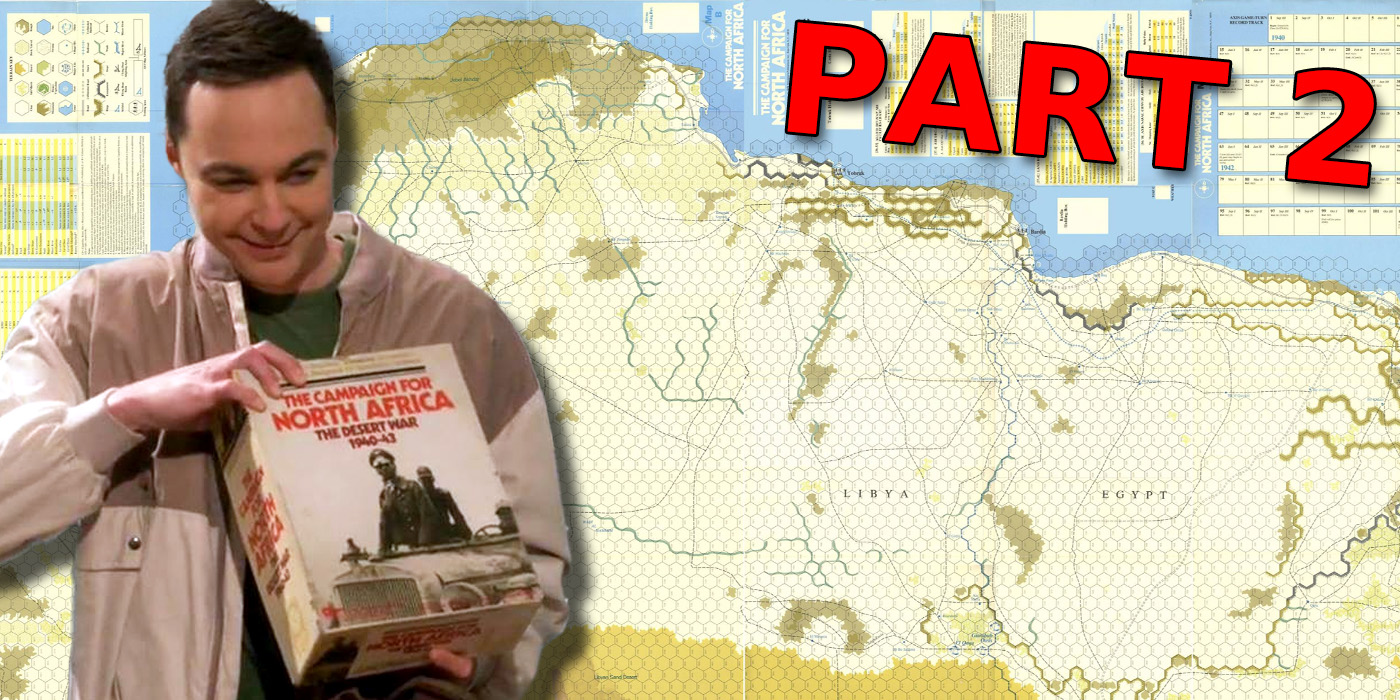

Continuing our dive into the most complicated board game ever, Campaign For North Africa. But WHY is it so complicated? Let’s find out.
Welcome gamers! In this series, we are diving into the infamous Campaign For North Africa, the most complicated board game ever made. If you read Part 1, you’ll know the broad strokes of Campaign for North Africa. As promised, today we return with Part 2, where we’ll go over a central core of how the game plays: Logistics, which is basically just a fancy word meaning “moving stuff”.
WARNING: MATHEMATICS AHEAD!
If you don’t like numbers, please leave now. This is your first and last warning. Remember, you can always follow along at home with your copy of the 198-page rulebook compilation.

Our Objective With Campaign For North Africa Today
In this example, we want to move a Commonwealth recon unit of type hh from Cairo (Red circle in the lower right) to Tobruk (Yellow circle in the upper left). The distance from Central Cairo to Tobruk is 114 hexes.
Unfortunately, there is a 12-hex section of unbuilt road between these locations which must be dealt with.

Some Things To Know First
Game Turns in Campaign For North Africa represent about 1 week of real-time. However, within each turn are 3 semi-turns called Operations Stages (OpStages). Each OpStage is about 2-3 days. Some rules trigger each Turn, while other things (like unit movement) happen each OpStage.
Doing things in Campaign For North Africa is measured in CPA. CPA is Capability Point Allowance and is essentially how many action points a unit has. Actions will often require anywhere from 1/2 CP to 2 CP, usually in that range. Reconnaissance (recce) units have a CPA of 45. Light Trucks have a CPA of 25. Driving on a road costs 1/2 CP, and driving on Clear Terrain costs 2 CP.
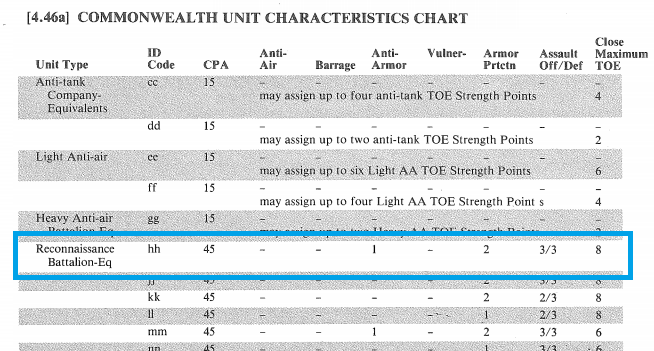
Vehicle units have to keep track of fuel consumption, fuel evaporation, and fuel tank. CNA uses fuel points for most of this. Every vehicle has a fuel capacity rating = CPA * 1/5 * fuel consumption rate. Light Trucks have 8 fuel points in their tank, so to speak. However, they can carry up to 50 fuel points as cargo.
Cairo has infinite resources for Commonwealth units.
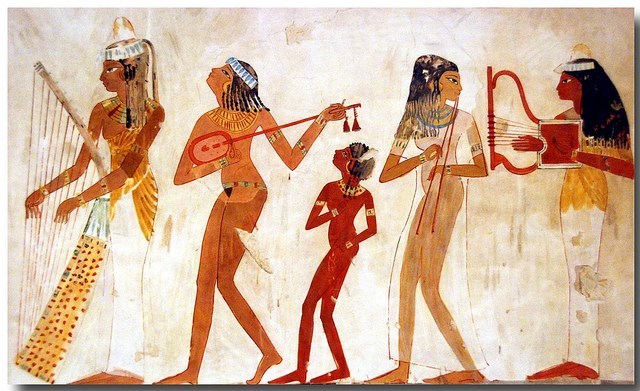
Transform and Roll Out!
The recce unit can have 4 Light Trucks accompanying them. The Light Trucks can carry 200 fuel points total as well as the 92 fuel points in the tanks of the unit and the trucks.

In the first OpStage, the units consume 12 water points from Cairo’s infinite supply, 8 for the recce unit and 1 for each Light Truck. The recce unit could drive 90 hexes with their 45 CPA, but they don’t want to abandon the Light Trucks, so they only drive 50 hexes (25 CPA) to stay together. This gets the unit to Galal (Green) and consumed 60 fuel points doing so.
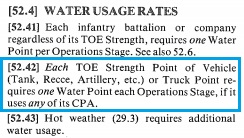
Quick Aside
While we are on the topic of water, there is one rule which we must mention: The Italian Pasta Rule.
This rule is probably the only thing most people know about this game, and yes it is real. Overall, the rule states Italians must have extra water on hand, or they are limited in their capability. It’s not a huge setback for them, but it still exemplifies Campaign For North Africa’s attempt to be as realistic as possible.
And We’re Back
In the second OpStage, the unit consumes 12 water points from the well at Galal and refuels from the trucks, leaving 140 in the fuel storage. The unit travels 33 hexes to Sidi Barrani (Purple circle on our map) and runs into the end of the road. Movement through Clear Terrain costs 2 CP and also increases the chance of vehicle breakdown, which we are ignoring for this example. Using the last 9 CPA, the unit stops outside the village of Buq Buq (Blue circle).
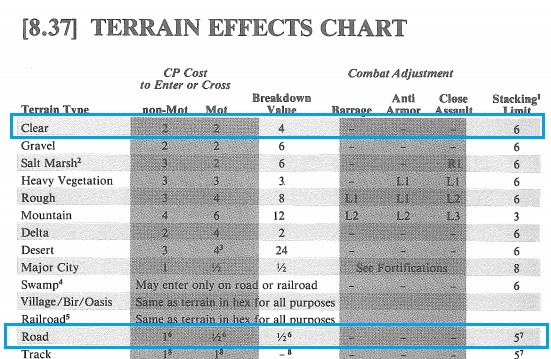
The vehicles need water to move at each OpStage and will need the water well at Buq Buq. So, we can force the unit to overextend and spend 4 additional CP than they have available. This earns the unit 4 Disorganization points. Disorganization points can cause a unit’s Cohesion Level to fall, which can lower its combat effectiveness. The entire movement costs the unit 72 fuel points.
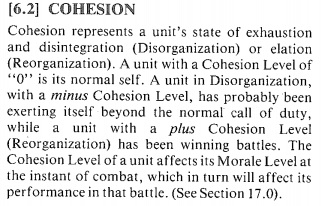
In the Third OpStage of this Turn, the unit uses the well at Buq Buq to consume 12 water points and refuels their tanks from storage leaving 68 fuel points left. It costs 12 CP to Sollum (Orange) and backs onto a highway. Being back on a road means that the 19 hexes to Tobruk only cost 10 CP.
We’ve reached our destination!
Final Thoughts
All of that is what goes into moving ONE unit and remember the full map is 10 feet long! Campaign for North Africa isn’t difficult, there’s just SO MUCH to keep track of. Every minute detail is tracked and recorded and needs to be referenced later. Once you get the hang of the game (I mean, “if”), you can trod along well enough, but every single OpStage still takes forever to complete.
Join us next time when we will be actually firing a gun! How exciting.

